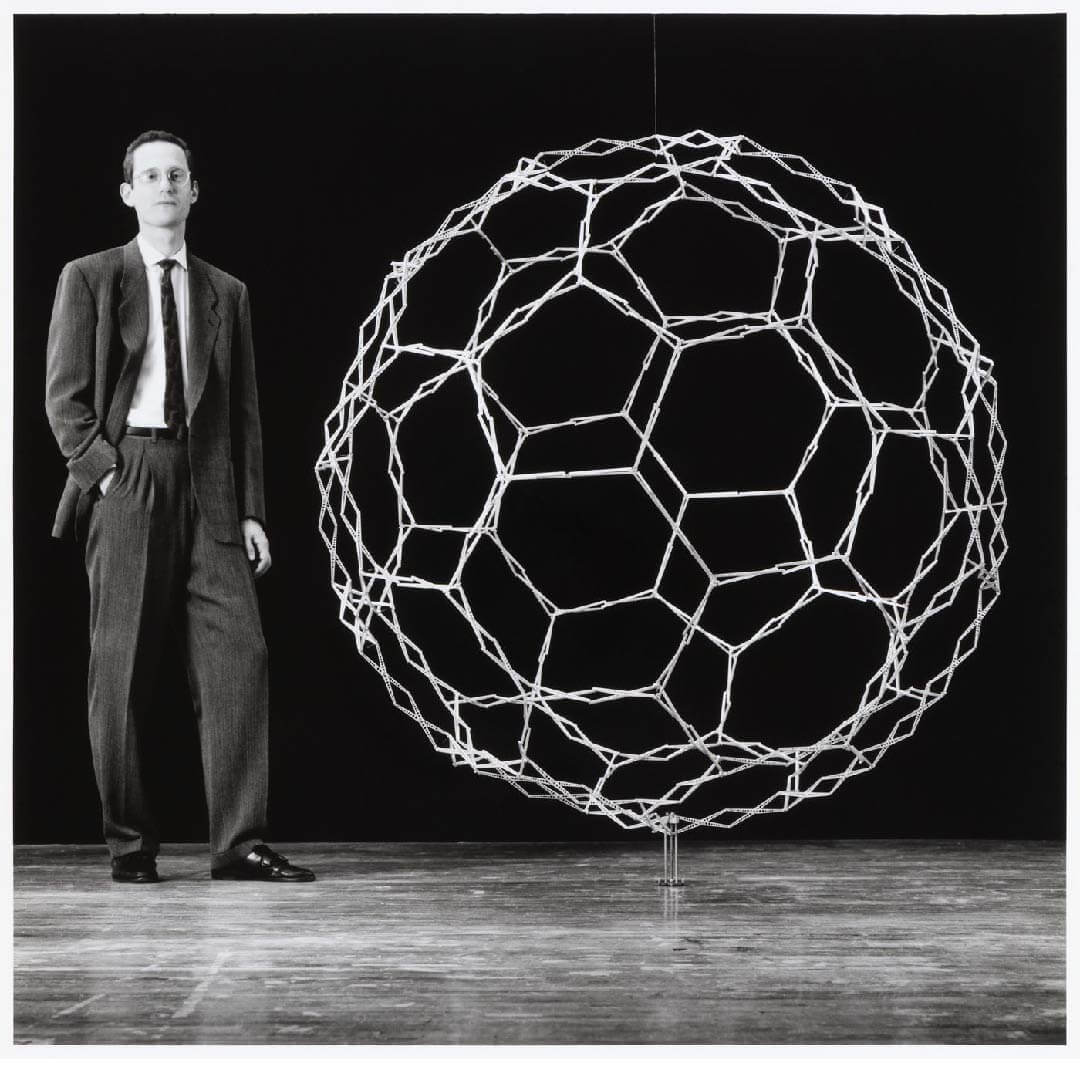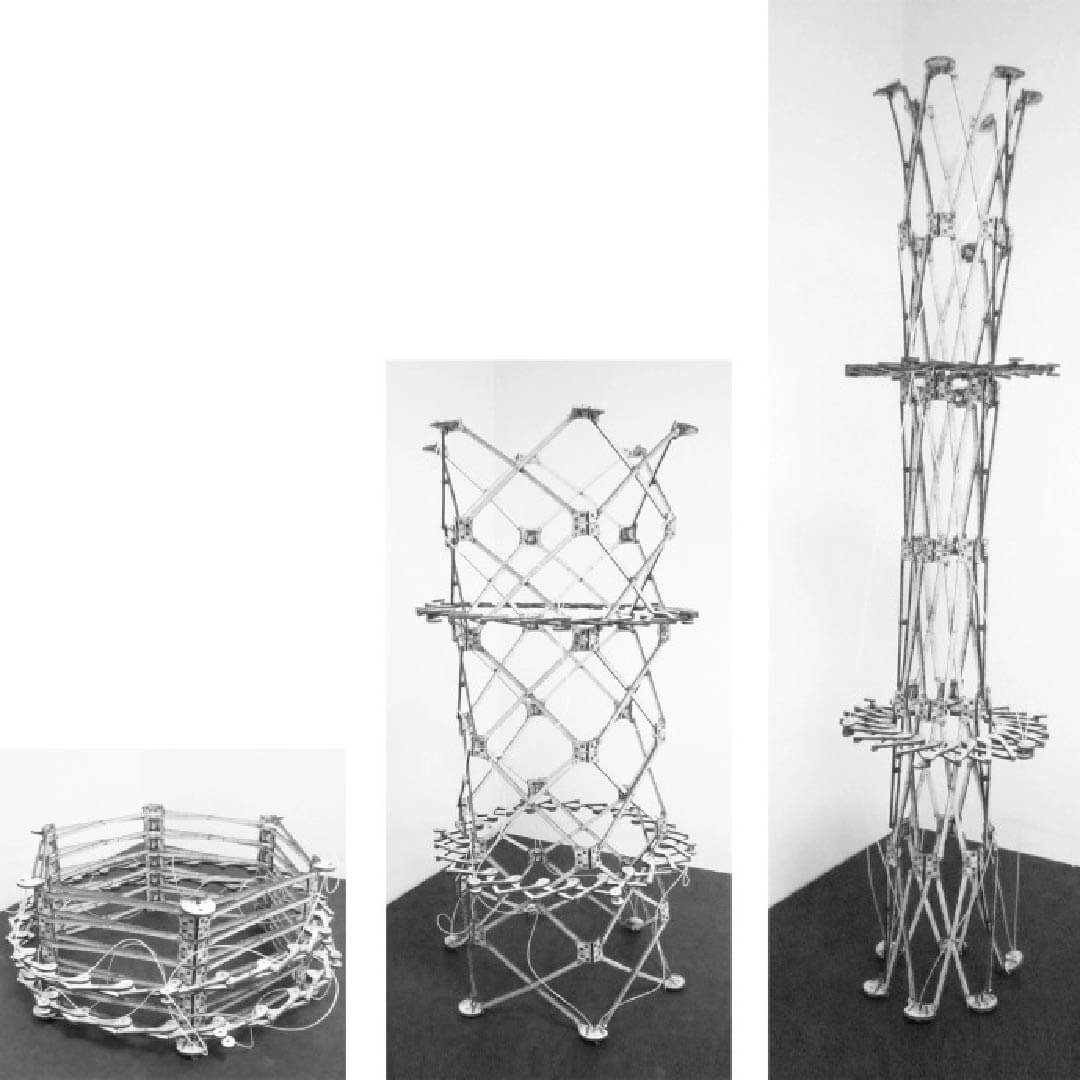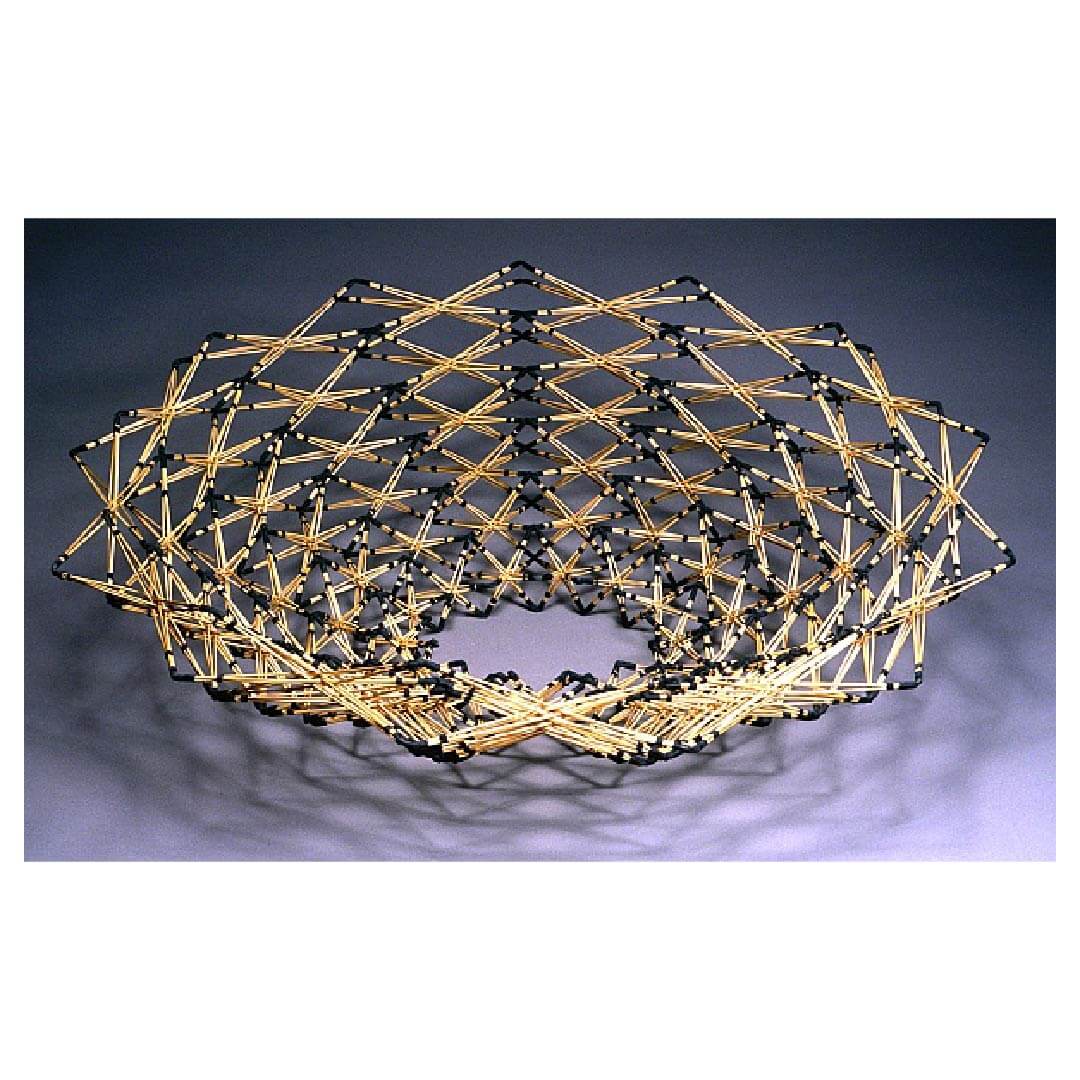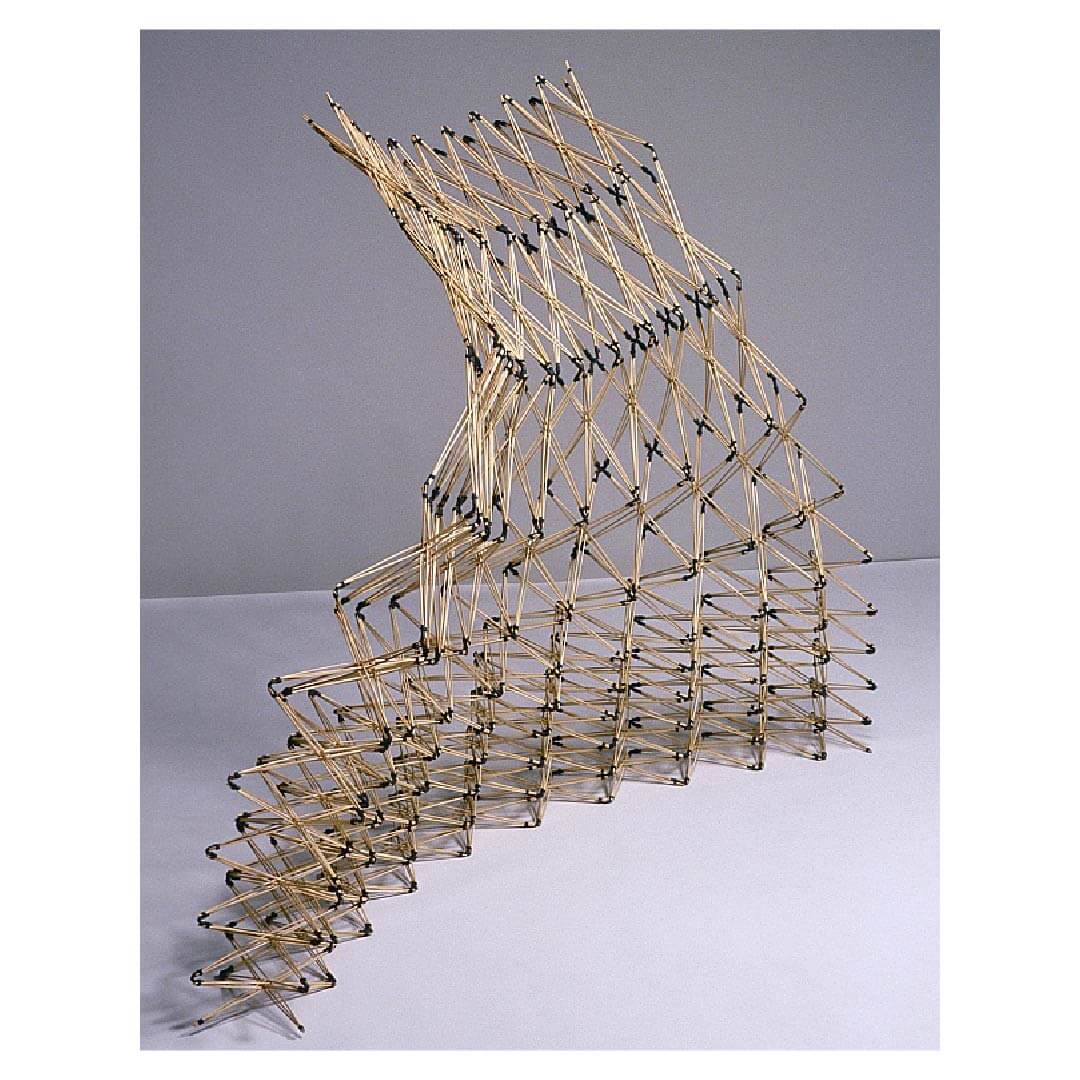Deployable Structure
A deployable structure is a structure that can reconfigure and change shape/size mainly from folding and unfolding, and has many applications from daily essentials (e.g., umbrella), vascular stents, to solar panels for spacecraft.

[1]
Origami, the art of paper folding, thus naturally provides inspirations for deployable structures.
In addition to deployable structures, origami recently has gained much attention as it has offered an appealing strategy on the development of 3D architectures across different length scales and metamaterials with tunable properties.
 Many origami-inspired deployable structures are based on rigid origami patterns, in which the kinematic deformation is solely limited to the folding lines while the panels remain undeformed.
Many origami-inspired deployable structures are based on rigid origami patterns, in which the kinematic deformation is solely limited to the folding lines while the panels remain undeformed.

[2]
Well-known representatives of deployable rigid origami patterns are the Miura folding and its derivates.

In addition to rigid origami, another type is deformable origami, where the panels and the folding lines all bear deformation, such as the twisted square pattern.
Due to the simplicity of the kinematics of rigid origami, much attention has been focused on this type.

[3]
Despite recent active research in origami and related deployable structures, a critical aspect of the origami research that has been overlooked is whether the deployed structure remains in a deployed state under loading, such as vibration experienced by a deployed structure used in spacecraft.

[4]
From the perspective of mathematics of origami, deployability means the kinematics of the pattern geometry to deploy and collapse.

[5]
Since this is a pure mathematical point of view, there is no energy associated with the deployability and collapsibility of the structure.

[6]
Therefore, a deployable structure at the same time also allows it to collapse through which it deploys.
Origami has been employed to build deployable mechanical metamaterials through folding and unfolding along the crease lines.
 Deployable metamaterials are usually flexible, particularly along their deploying and collapsing directions, which unfortunately in many cases leads to an unstable deployed state, i.e., small perturbations may collapse the structure along the same deployment path.
Deployable metamaterials are usually flexible, particularly along their deploying and collapsing directions, which unfortunately in many cases leads to an unstable deployed state, i.e., small perturbations may collapse the structure along the same deployment path.

[7]
Text Source: Origami-inspired, on-demand deployable and collapsible mechanical metamaterials with tunable stiffness / pnas.org
Video Source:
Deployable Structure Summer Workshop IFAC 2015 / Youtube / SMiA Research Group
Desert Lotus: Expanding Dome / Vimeo / Mike Burton
Deployable Structures Workshop SMiA – AGU / Youtube/ SMiA Research Group
Chuck Hoberman Archéologie du numérique / Youtube/ Guillaume Sanfaçon
Chuck Hoberman 01 / Youtube/ Yukio Andoh
Torus4 Pavilion SMiA-UIC/ Youtube/ SMiA Research Group
Xuê Dining hall pavilion. / Youtube/ SMiA Research Group
Hoberman20Years_High.mov / Youtube /Vidz
On Elastic Geodesic Grids and Their Planar to Spatial Deployment / Youtube / derprzem
DTS – Deployable Tent Structure/ Youtube / Gustaf Ridderström
Maqueta estructura desplegable, mayo 2009. Arquit. Rodrigo Ramos / Youtube/ ARKIDES Deployable Structures
Deployable structures /Youtube/ CF Tailer
Deployable Pavilion_transtudio 2018_Instructor: Negar Kalantar _Texas A&M_Department of Architecture / Youtube / Negar Kalantar
How a Harvard Professor Makes Transforming Toys & Designs | WIRED / Youtube /WIRED
Torus12 Pavilion – Deployable Structures – Nottingham Trent University / Youtube /SMiA Research Group
Design Development Deployable Dome Pavilion / Youtube/ Erin Hunt
Vertex II Pavilion – Deployable Structure Presented at IASS Barcelona 2019 / Youtube/ SMiA Research Group
SPATIAL GROUPING OF SYMMETRYCAL STRAIGHT SCISSORS / Youtube/ SMiA Research Group
angulated scissors structure / Youtube / 林妹妹




























Comments